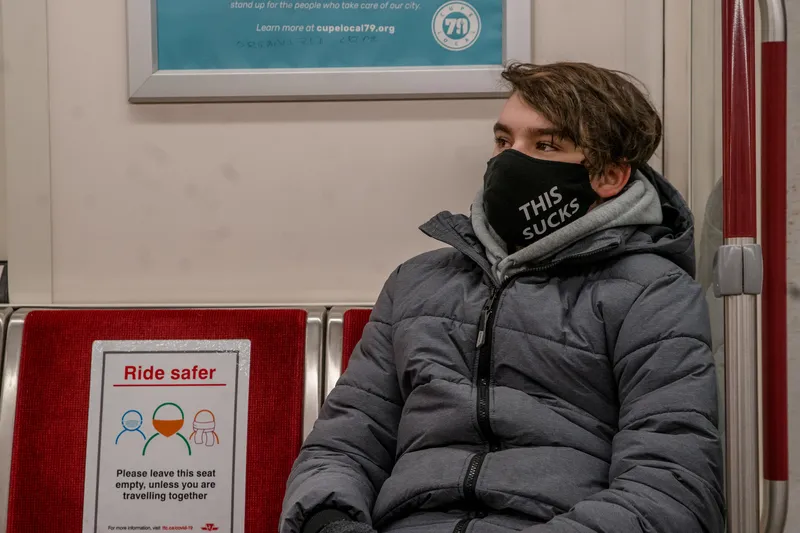Via has deployed a microtransit service comprising of
Via says it is working with King County Metro, Sound Transit and the city to offer a first- and last-mile service in south-east Seattle and Tukwila, a suburb in King County, at no additional charge.
Each van can carry up to seven passengers to five Sound Transit Link light rail stations: Mount Baker, Columbia City, Othello, Rainier Beach and Tukwila International Boulevard. Riders will also be able to hop on board certain Metro bus routes that connect to the Link light rail stations.
The Via to Transit service makes it easier for commuters who do not own a car or prefer not to drive and park or live within walking distance to take transit, the company adds.
The one-year project is funded by $2.7 million from the Seattle Transportation Benefit District. Sound Transit also successfully applied for a grant from the
Daniel Ramot, co-founder and CEO of Via says the company’s passenger matching and vehicle routing algorithm integrates into the existing public transit infrastructure to connect residents to transit hubs in their communities.
Commuters can download the Via app or call to book a ride.
Via brings microtransit service in Seattle
Via has deployed a microtransit service comprising of Toyota Sienna vans to connect residents living in Seattle with more public transport.
Via says it is working with King County Metro, Sound Transit and the city to offer a first- and last-mile service in south-east Seattle and Tukwila, a suburb in King County, at no additional charge.
Each van can carry up to seven passengers to five Sound Transit Link light rail stations: Mount Baker, Columbia City, Othello, Rainier Beach and Tukwila International Boul
April 29, 2019
Read time: 2 mins









